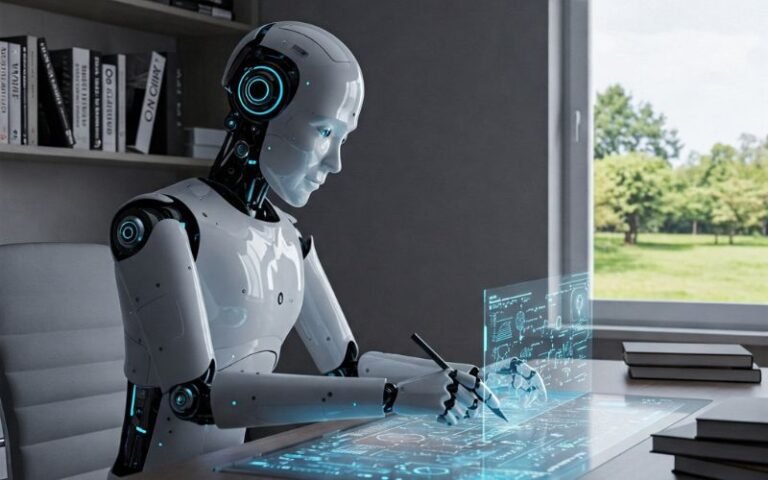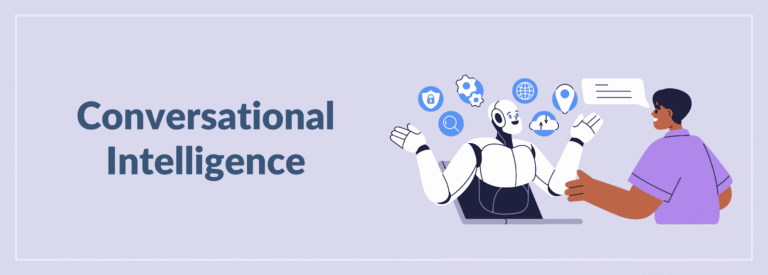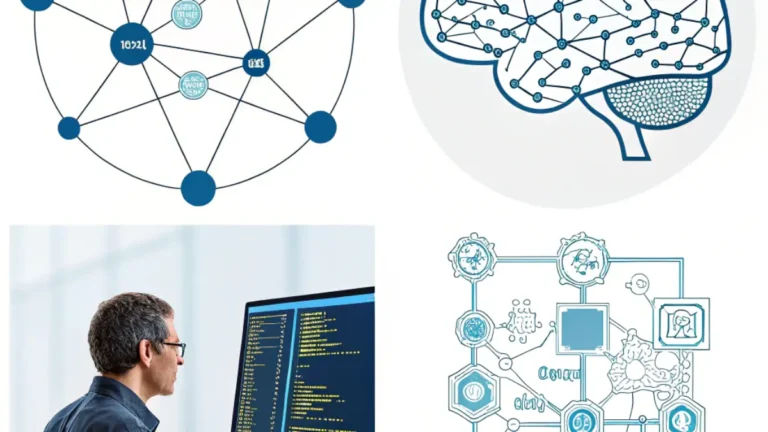
Introduction: A New Era of Digital Evolution
The age of the smartphone has defined the last two decades of human communication, connectivity, and commerce. Yet, as technology races forward, tech giants envision a future beyond smartphones—a future where immersive devices, artificial intelligence, and hyper-connectivity reshape the very fabric of daily life. The smartphone is no longer the pinnacle of innovation but a stepping stone toward a larger, more integrated digital ecosystem. Companies such as Apple, Google, Meta, Microsoft, and Amazon are investing billions into next-generation platforms that promise to replace or supplement the pocket-sized device we rely on today.
From Smartphones to Immersive Experiences
The smartphone revolution centralized communication, entertainment, and productivity into a single device, but the next technological leap focuses on breaking away from screens and embedding experiences directly into our environments. Instead of swiping on a glass display, the future emphasizes hands-free, immersive, and intelligent interactions powered by augmented reality (AR), virtual reality (VR), and mixed reality (MR). These technologies transform how we perceive information by integrating digital layers into the physical world.
Tech leaders predict that immersive computing will not only enhance gaming and entertainment but also redefine education, healthcare, collaboration, and urban living.
The Rise of Wearable Technologies
Wearable devices are rapidly evolving from fitness trackers to sophisticated computing systems that can replace smartphones. Companies are developing smart glasses, AR headsets, and neural interfaces capable of displaying information seamlessly within the user’s field of vision.
Some advancements include:
- AR Glasses that replace screens with real-time overlays.
- Brain-Computer Interfaces (BCI) enabling direct communication with devices.
- Smartwatches increasingly acting as standalone devices without reliance on smartphones.
This shift underscores the transition toward personalized, always-on technology that doesn’t require us to look down at a handheld device.
Artificial Intelligence at the Core of the Transition
AI has become the backbone of the post-smartphone world. Unlike traditional smartphones where AI serves as a support tool (voice assistants, predictive typing), the next era envisions AI as the central operating system of our daily interactions.
Artificial intelligence will:
- Understand context and anticipate needs.
- Personalize experiences without manual input.
- Automate decisions in areas such as scheduling, shopping, and health monitoring.
By embedding AI into wearables, AR systems, and connected environments, tech giants are paving the way for frictionless living where digital and physical realms converge seamlessly.
Meta and the Metaverse Vision
No conversation about the future beyond smartphones is complete without the metaverse. Meta (formerly Facebook) has committed tens of billions to building immersive digital spaces where work, play, and social interaction occur through avatars and 3D environments.
Although the metaverse faces skepticism, the company insists that immersive ecosystems will replace traditional browsing and apps. Instead of scrolling through social media feeds, we may find ourselves attending meetings in digital offices, shopping in 3D virtual malls, or exploring concerts through immersive lenses.
Apple’s Strategic Approach to Post-Smartphone Devices
Apple remains cautious yet ambitious in its approach. Rather than rushing into untested markets, Apple builds ecosystems that refine user expectations. The Apple Vision Pro headset, announced with significant anticipation, signals Apple’s intent to merge augmented reality with practical productivity.
Apple’s strategy focuses on:
- Integration with existing devices like iPhones and Macs.
- Smooth user experience to encourage adoption.
- Developer ecosystems ensuring long-term usability.
Apple envisions a gradual migration where smartphones remain relevant while immersive devices gradually assume centrality.
Google and Ambient Computing
Google’s approach diverges by focusing on ambient computing—technology that fades into the background and simply “works” without explicit interaction. From Google Assistant to Nest smart devices, Google imagines a future where the environment itself becomes a computer.
In this vision, the smartphone becomes redundant because:
- Information surfaces naturally through AR glasses.
- Commands are executed by voice or gestures.
- Homes, cars, and workplaces operate as intelligent, interconnected ecosystems.
Microsoft and the Enterprise-First Strategy
Microsoft’s ambitions focus on enterprise applications of AR and VR. Through HoloLens and partnerships with industries such as healthcare, engineering, and defense, Microsoft champions mixed reality for professionals rather than consumers.
Its long-term bet is that workplace technology adoption will pave the way for broader consumer acceptance. Once professionals normalize headsets and AR-assisted workflows, everyday users may embrace them as naturally as they did smartphones.
Amazon and Voice-Driven Futures
Amazon continues to innovate through its voice-driven assistant Alexa and vast ecosystem of smart devices. Amazon envisions a world where voice replaces touchscreens as the primary mode of interaction.
Key directions include:
- Smart homes that respond to natural speech.
- AI assistants that predict and fulfill consumer needs.
- Seamless integration with shopping, entertainment, and logistics.
This places Amazon at the center of a service-driven, post-smartphone ecosystem.
Challenges Facing a Post-Smartphone World
While the vision is compelling, the transition beyond smartphones faces several hurdles. These include:
- Affordability: Advanced AR/VR devices remain expensive.
- Adoption Resistance: Users are comfortable with smartphones.
- Health and Safety Concerns: Prolonged headset use raises questions.
- Privacy Issues: Constant data collection by wearables increases risks.
Overcoming these challenges requires innovation, regulation, and trust-building between consumers and technology leaders.
Comparative Table: Smartphones vs. Post-Smartphone Devices
| Feature | Smartphones Today | Future Devices (AR, AI, Wearables) |
| Primary Interaction | Touchscreen | Voice, Gesture, Neural Interfaces |
| Form Factor | Handheld | Glasses, Wearables, Ambient Systems |
| User Experience | App-based | Context-aware, Personalized, Immersive |
| Connectivity | 5G, Wi-Fi | 6G, Edge Computing, Always-on AI |
| Integration | Centralized Device | Distributed Ecosystem (home, work, body) |
How Consumers Will Adapt to the Change
The move beyond smartphones won’t happen overnight. Instead, it will occur through incremental adoption, where people first use wearables as extensions of smartphones before gradually replacing them. Younger generations, who already favor hands-free and immersive technologies, will drive adoption faster than older demographics.
The transition may mirror the shift from desktop computers to mobile devices—a gradual but inevitable migration shaped by convenience and cultural momentum.
Impacts on Society and Human Behavior
A future beyond smartphones will redefine human behavior, work dynamics, and social norms. Communication may become more immersive, with holographic meetings replacing video calls. Education could evolve into interactive AR lessons. Healthcare might rely on continuous health monitoring wearables that prevent illness before it occurs.
This transformation raises deeper questions about human identity, privacy, and reliance on machines—issues that society must confront as the smartphone era ends.
Conclusion: The Smartphone as a Stepping Stone
The future envisioned by tech giants makes one truth clear: the smartphone is not the final frontier of technology. It is a bridge toward immersive, AI-driven, interconnected ecosystems where digital and physical realities merge. Although challenges remain, the commitment of leading companies ensures that the evolution beyond smartphones is not a matter of “if” but “when.”
FAQs
1. Will smartphones completely disappear in the future?
Smartphones will likely remain relevant for years, but their role will shift as wearables, AR devices, and ambient computing become primary interfaces.
2. Which company is leading the post-smartphone future?
Apple, Meta, Google, Microsoft, and Amazon each lead in different domains, making the future a collaborative evolution rather than a single-company race.
3. How soon can we expect a smartphone-free world?
Analysts predict that widespread adoption of post-smartphone devices may take 10–15 years, depending on affordability, infrastructure, and consumer acceptance.






